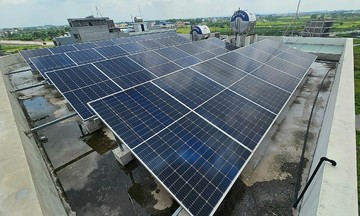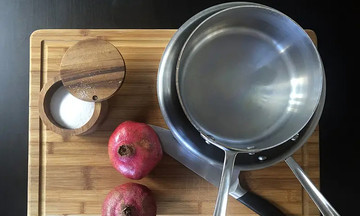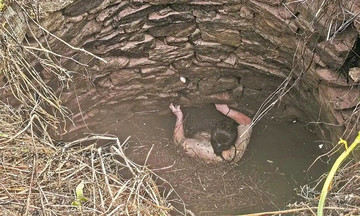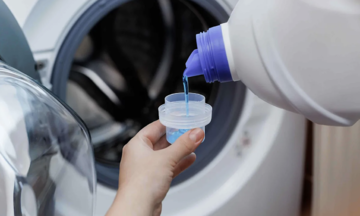According to public health professor Jagdish Khubchandani from New Mexico State University, some gym surfaces can harbor more bacteria than a public toilet.
The US Centers for Disease Control and Prevention (CDC) states that methicillin-resistant Staphylococcus aureus (MRSA) can spread rapidly in athletic facilities through direct contact and shared equipment. Between 10% and 30% of gym surfaces contain bacteria that can cause skin infections or other illnesses.
The CDC identifies several high-risk exercise equipment and areas within gyms.
Yoga mats
Research at the University of Toronto found yoga mats have almost 8 times the bacterial contamination of yoga balls, and more than weights and barbells. This contamination primarily consists of Staphylococcus aureus, which can cause skin infections if the mats aren't properly cleaned.
Microbiologist Jason Tetro from the University of Arizona explains that bacterial growth depends on frequency of contact, surface area, applied pressure, and skin moisture. He recommends bringing personal items like yoga mats, towels, and gloves to minimize contact with shared, hard-to-clean surfaces.
Exercise balls
Exercise balls in the gym harbor significant bacteria due to their textured, difficult-to-disinfect surfaces. Professor Khubchandani's research across 16 Ohio fitness facilities revealed over one-third of exercise balls tested positive for Staphylococcus aureus.
A 2019 study in the Journal of Environmental Health also indicated that exercise ball surfaces accumulate E. coli due to sweat, dirt, and infrequent cleaning.
The American Council on Exercise emphasizes that porous exercise balls in frequent contact with the floor easily become breeding grounds for bacteria. Experts recommend wiping them down with disinfectant after each use and performing regular deep cleaning to reduce infection risk.
Free weights
Professor Khubchandani points out that free weights, dumbbells, and barbells become contaminated due to frequent handling and the pressure from sweaty hands. Studies indicate that cold viruses are present on 50% of these devices, increasing the risk of infection.
Locker room walls and floors
Locker room walls and floors are high-risk areas for fungi, mold, and bacteria due to the damp environment, which promotes microorganism growth.
"Many people mistakenly believe that water washes away bacteria," says Professor Kelly Reynolds, chair of the Department of Community, Environment and Policy at the University of Arizona.
Professor Reynolds explains that locker rooms, bathrooms, and sauna floors create warm, humid environments conducive to bacterial growth. A 2020 study in Clinical Microbiology Reviews also identified damp surfaces as contributors to skin and ear infections, especially in humid settings. Therefore, she advises against placing gym bags on dirty floors and recommends wearing flip-flops to minimize fungal infections.
Professor Khubchandani also stresses the importance of monitoring for infection symptoms, covering open wounds, and always wiping down surfaces before exercising.
Experts recommend thorough handwashing before and after workouts, avoiding touching your face, and not sharing personal items.
Ngoc Ngan (According to Huffpost)












